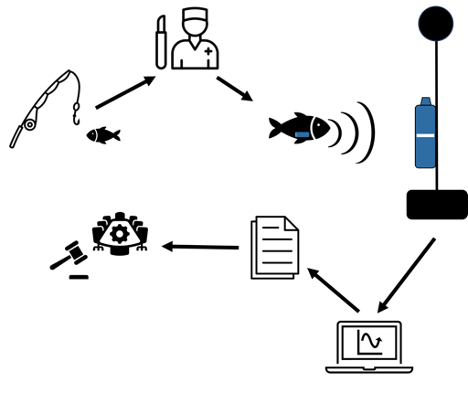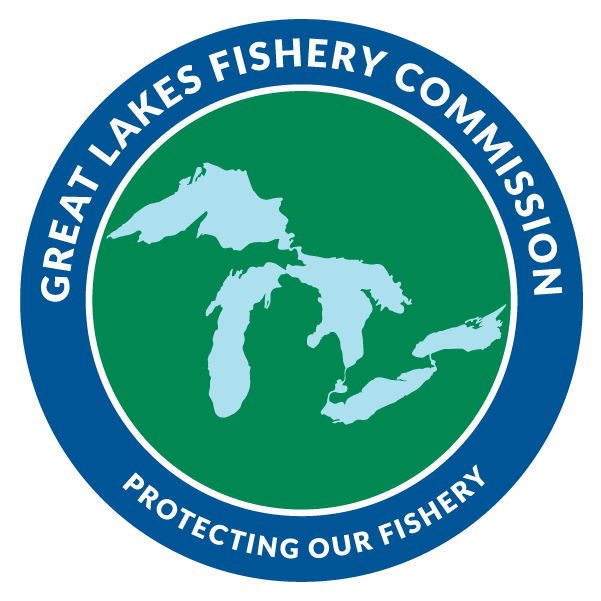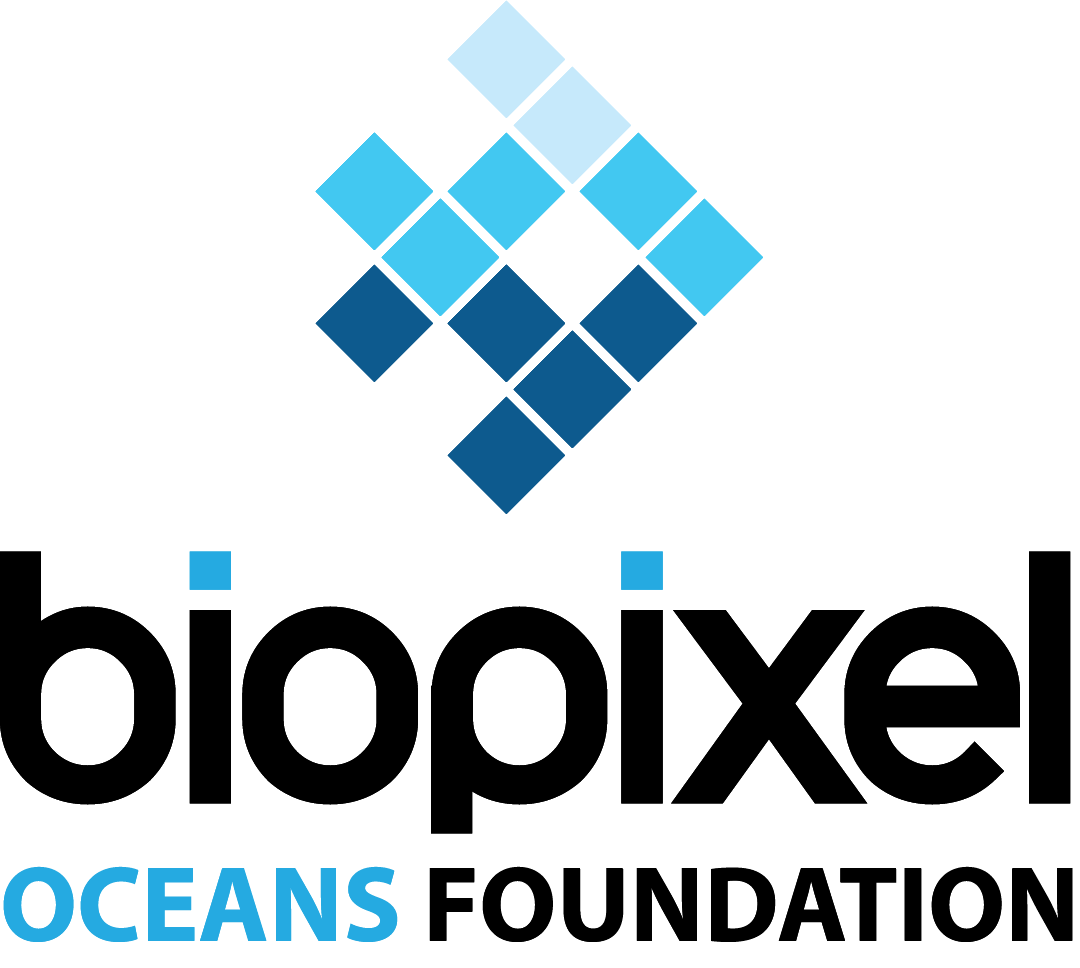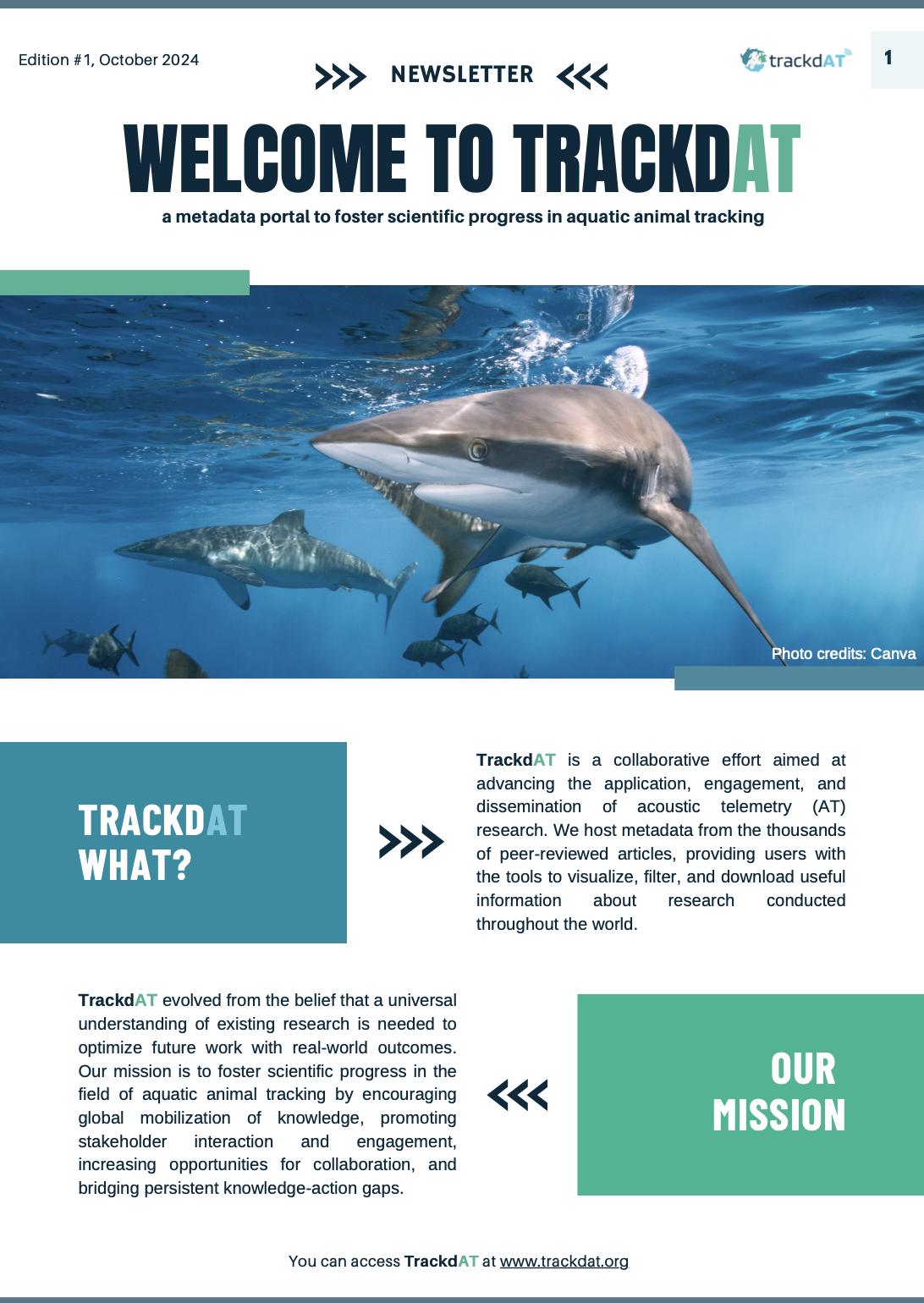TrackdAT Database
TrackdAT ... is a collaborative effort aimed at advancing the application, engagement, and dissemination of acoustic telemetry (AT) research. TrackdAT hosts metadata from the thousands of peer-reviewed AT articles, providing users with the tools to visualize, filter, and download useful information about research conducted throughout the world.
Our Mission
TrackdAT evolved from the belief that a universal understanding of existing research is needed to optimize future work with real-world outcomes. Our mission is to foster scientific progress in the field of aquatic animal tracking by encouraging global mobilization of knowledge, promoting stakeholder interaction and engagement, increasing opportunities for collaboration, and bridging persistent knowledge-action gaps.
Benefits of using TrackdAT:
- Conduct synthetic or review studies
- Develop collaborations or improve networking
- Identify current or ongoing gaps in research
- A starting place for new students to learn about AT and movement ecology
- A citable resource that has already done the heavy lifting
- Identify areas of expertise within the AT community
- Support for funding or animal welfare applications
- Stay up to date on new research and technology
See our full communication brief here.
TrackdAT Team
TrackdAT is made up of a small team of colleagues who see the value in acoustic telemetry research, an ever-growing field that offers a unique look into the underwater world of animal movement.
Beginning as a lofty idea among friends in 2018, TrackdAT has developed into an effective tool to bridge knowledge gaps in animal movements among researchers, managers, and stakeholders. Our team consists of a diverse panel of international researchers with several decades of combined experience in tracking aquatic animals. We are excited to share our passion for creating inclusive and accessible resources to optimize the future of acoustic telemetry research worldwide.

Jordan Matley
Jordan is a Research Associate with the Southern Shark Ecology Group (SSEG) at Flinders University in Australia. His research focuses on how shark and fish populations are influenced by human activities.
Throughout his career, Jordan has worked in marine and freshwater environments across temperate, tropical, and polar regions of the world, studying the behaviour of fishes, seabirds, seals, whales, sea turtles, and sharks. He is one of the top published authors in acoustic telemetry research worldwide.
When off the water, Jordan enjoys hiking, running, cycling, and playing soccer, as well as trying to keep his 3-year-old dog, Bilbo, out of trouble.

Natalie Klinard
Natalie is a PhD candidate in the Integrated Fisheries lab at Dalhousie University. Her involvement in acoustic telemetry research began in 2015 with tracking the movement and behaviour of native fishes throughout the Laurentian Great Lakes — the place she calls home.
In the time since, she has used acoustic telemetry to evaluate stocking practices, inform the management of reintroduced species, and explore the complexities of predator-prey interactions. Her current research focuses on using a combination of methods to uncover the ecological roles of aquatic animals in changing environments.

Ana Paula Barbosa Martins
Born and raised in São Luís, northeastern of Brazil, Ana’s journey with acoustic telemetry in 2016 while doing her PhD at James Cook University on the movement pattern and habitat use of juvenile sharks and rays within nursery areas. Currently, Ana is a postdoctoral fellow at Dalhousie University and the Integrated Fisheries lab, working on a multiyear project that aims to unravel the global shark meat trade using a combination of field work and Bayesian statistical modeling. Ana is also collaborating on projects across the globe encompassing shark and ray spatial ecology, fisheries, and conservation.

Arun Oakley-Cogan
Coming from the world of corporate IT infrastructure, Arun took the long way round to pursuing his career in marine biology. From growing up on the beaches of Sydney, Australia to diving coral on coral reefs around the world, this 'Tamarama Bay Boy' pursued his B.Sc in Marine Biology with first class honours at James Cook University, Australia.
Wanting to combine both of his passions of technology and marine ecology to proactively help coastal communities, Arun moved to pursue his PhD at the Integrated Fisheries Lab @ Dalhousie University. Aruns’ PhD is focused on working with First Nations communities in Haida Gwaii, BC to evaluate the socio-economic and cultural impacts of recovering sea otter populations.
Additional Support Team
Aaron Fisk, Christopher Vandergoot, Charlie Huveneers
Methodology
For a comprehensive description of methods used in TrackdAT, see “Matley et al. 2023”.
Briefly, we search for peer-reviewed acoustic telemetry journal articles in Web of Science. Once they are downloaded (or requested from corresponding authors), articles go through at least two quality control checks from database administrators to ensure the article is indeed based on acoustic telemetry – defined here as the monitoring of aquatic animal presence or space use using acoustic signals (see “Matley et al. 2022” for more information about acoustic telemetry, as well as the description and diagram below).
Predefined fields, deemed valuable to a wider audience based on our team’s expertise, are extracted from each article. A few additional fields about the species being studied are also filled using information from Fishbase (or SeaLifeBase) and the IUCN Red List. The result is a comprehensive database populated with informative study and animal metrics from acoustic telemetry studies throughout the world. The table below, published in “Matley et al. 2023”, summarizes the metadata fields available in TrackdAT.
| Metadata category | Metadata field | Description |
|---|---|---|
| Publication | article info | Consists of four columns pertaining to article/publication information: ‘Authors’, ‘Title’, ‘Year’, ‘Journal’, ‘URL’, and ‘DOI’. Note, the ‘URL’ is directed to the copyright holder’s website due to access restrictions. |
| Geographic | water_body | The body of water in which the study was conducted. Options include: marine, freshwater, marine/freshwater (i.e., estuarine or both marine and freshwater), or laboratory (i.e., controlled laboratory or small pond setting). |
| Geographic | county | The country in which the study was conducted (e.g., location of acoustic array). If conducted outside the Exclusive Economic Zone, the country of vessel launch is used. If a study was conducted in more than one country, the country where the majority of work was done is used. |
| Geographic | fao_region | The FAO Major Fishing Area (fao.org/fishery/en/area/search) where the study was conducted. If a study was conducted in both freshwater and marine (or estuarine) environments, the applicable marine FAO area is used. Otherwise, if a study was conducted in more than one FAO region, the region where the majority of work was done is used. |
| Geographic | location | Consists of two columns pertaining to the study location: ‘longitude’ and ‘latitude’ (measured in decimal degrees). Coordinates provided in text are used unless they fell on land upon verification. If coordinates were not provided (or they fell on land), the location of study is estimated in Google Earth based on information provided in the article. When estimating locations, the approximate center of the study area (e.g., receiver array) is used unless the areas were distinctively grouped at unique locations, at which point the central or more focal area is used. |
| Geographic | extent | Identifies whether the study was conducted in an area larger than 100 km linear distance (i.e., maximum linear distance between receivers). |
| Technical | type | Category of the study that best matched one of the following definitions: Ecology: exploration of the movement and behaviour of tagged aquatic animals in situ Survival: estimation of mortality or survival based on interpretation of movement, sensor, or recapture data Tagging effects: investigation of the behavioural, health, or other impacts associated with the process of inserting or attaching tags into or on an animal. Methodology: development or application of a novel method or analysis to facilitate more accurate or efficient interpretation of AT data. Range testing: quantification of the factors (e.g., distance, temperature, noise) that influence the detectability of acoustic transmissions in aquatic environments/ Technology: development or evaluation of novel AT equipment or technology. Review: synthesis or summary of information from previous AT research that adheres to specific themes or topics, including opinion-based articles or data descriptions *Note, if more than one type of study was relevant to an article, the focal type is selected based on stated objectives. Also, metadata categories were not extracted for some study types due to illogical nature of them (e.g., review studies were not assigned a location). |
| Technical | tracking_type | The broad method of tracking that was used in the study. Options include: stationary (i.e., the use of stationary receivers to passively track animals), mobile (i.e., the use of mobile receivers either actively or passively tracking animals), both (i.e., a combination of stationary and mobile tracking), or neither (e.g., in a tagging effects study). |
| Technical | array_resolution | Identifies whether a high resolution tracking system (i.e., using speed of sound to triangulate detections and estimate location with high degree of accuracy) was used. Only stationary tracking methods are considered capable of high resolution. Options include: yes or no. |
| Technical | tag_sensor | Identifies whether a sensor was built into the acoustic transmitter enabling environmental or biological measurements separate from simply location or presence/absence data. Options include: pressure/depth, temperature, acceleration, feeding, digestion/predation, illumination, speed, salinity, or a combination thereof. This list is updated as new sensors are used. |
| Technical | AT_network | Identifies whether the study was associated with or used equipment procured by an existing AT collaborative network. Only if the article stated the network affiliation (within article or acknowledgements) is it included (i.e., there may be an unstated association). Options include: Atlantic Cooperative Telemetry (ACT) Network, Florida Atlantic Coast Telemetry (FACT) Network, Integrated Marine Observing System (IMOS), Integrated Tracking of Aquatic Animals in the Gulf of Mexico (iTAG), Ocean Tracking Network (OTN), Acoustic Tracking Array Platform (ATAP), California Fish Tracking Consortium (CFTC), Pacific Ocean Shelf Tracking (POST), European Tracking Network (ETN), Great Lakes Acoustic Telemetry Observation System (GLATOS), MigraMar, Mid-Atlantic Acoustic Telemetry Observation System (MATOS), US Caribbean Acoustic Network (USCAN), or a combination thereof. This list is updated as new networks are used. |
| Technical | Number_tagged | Quantifies the total number of individuals that were tagged in the study. |
| Technical | Number_of_species | Quantifies the number of unique species that were tagged in the study. |
| Biological | species | Scientific name of the species tracked using taxonomic nomenclature from Fishbase (www.fishbase.se) or Sealifebase (www.sealifebase.se). |
| Biological | Common_name | Common name used in the article to identify species. If not provided, it is taken from Fishbase (www.fishbase.se) or Sealifebase (www.sealifebase.se). Note common names can vary; it is suggested that species name is used. |
| Biological | Species_family | Family of the species that were tracked in the study using taxonomic nomenclature from Fishbase (www.fishbase.se) or Sealifebase (www.sealifebase.se). |
| Biological | Broad_taxonomic_group | Colloquial grouping of the species tracked in the study. For example, chondrichthyes are referred to here as sharks/rays and osteichthyes as fish. Other common groupings include: crab, lobster, turtle, seal, and snake (this is not a complete list). Taxonomic accuracy is not prioritized in this field as it aims to be accessible to a wide audience. |
| Biological | Life_stage | Identifies the broad state of maturity of the study animals based on information provided within the article. If state of maturity was not provided, it is estimated based on the size range of animals tagged using Fishbase (www.fishbase.se) or Sealifebase (www.sealifebase.se). If insufficient information is available to estimate maturity, the field is left blank. Options include: juvenile, adult, or both. Maturity of salmonids was based on definitions provided by Mobley et al. (2021). |
| Biological | Animal_length | Consists of three columns pertaining to the size of tagged study animals: ‘Minimum_length’, ‘Maximum_length’, and ‘Mean_length’ (measured in cm). If multiple measurements were given (e.g., fork length and total length), the larger metric is used. If the mean length was not provided in a study or consisted of a table with raw values for >10 individuals, it is estimated as the mean of the minimum and maximum lengths. If median was provided in a study instead of mean, the median is used in place of the mean. |
| Biological | IUCN_Red_List | The regional classification of species tracked in the study based on the IUCN Red List of Threatened SpeciesTM (iucnredlist.org/). |
We are constantly improving our methods to capture relevant details from all peer-reviewed acoustic telemetry articles, but we know we are not perfect. Throughout the thousands of papers reviewed, mistakes are bound to happen. To help remedy these issues, we ask for your help! If any errors in our reporting are found or articles missed, head to head over to the Contriubte sections
TrackdAT is designed with FAIR Principles in mind (Wilkinson et al. 2016). Findability, accessibility, interoperability, and reusability are important components of our database. Please contact us if you have any concerns or suggestions on how we can improve how TrackdAT is communicated and shared with users.
Support
Contacts Us!
Acoustic Telemetry
Almost exclusively, acoustic telemetry consists of transmitters and receivers. Transmitters emit acoustic signals at specified frequencies and are usually implanted in an animal or attached externally to one, while receivers detect acoustic transmissions and store the information transmitted.
There are a variety of technologies for both transmitters and receivers creating diverse sampling capacity, but at its core, acoustic telemetry research follows a simple mode of operation: if an animal is tagged and swims near a receiver, the ID of the transmitter, location of the receiver, and a date-time stamp of the event will be recorded. With those simple details (and ideally multiple detections), researchers can piece together the movements of aquatic animals.
For more information about telemetry, the European Tracking Network (ETN) has great resources. See below for a simplified diagram of acoustic telemetry relating to research.

TrackdAT Newsletters
We plan on releasing a few updates each year with our newsletters to keep users informed about our efforts as well as some of the cool research and advancements going on in the animal tracking community
If you want to stay in the loop and support the team here at TrackdAT signup here!


